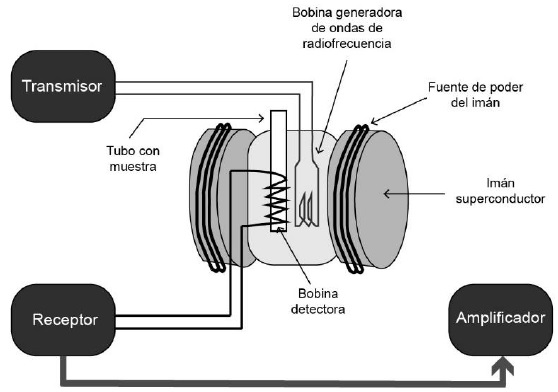Aluminium localization and quantification in plant tissues: analytical and histochemical tools
DOI:
https://doi.org/10.28940/terra.v40i0.999Keywords:
hyperaccumulation, histochemistry, acid soils, aluminum toxicityAbstract
Aluminum (Al) is the third most abundant element in the Earth’s crust. Its chemical form depends on the soil pH values. In acidic soils, Al is released and solubilized mainly in the ionic form of Al3+, which is toxic to most plants. The main toxic ef fects of Al are observed at the root apex, inhibiting cell division and elongation, which causes a def icient root to uptake water and nutrients, resulting in growth inhibition, thus, a decrease in plant productivity. At present, Al is available in soils that are not naturally acidic and used as farmland, which has generated a research line in relation with the ef fect of Al in dif ferent plant species, for example, accumulation and concentration sites in the dif ferent plant organs. In this context, the objective of this review article is to provide a guide to select the most appropriate technique that allows localizing and quantifying Al in the dif ferent organs of plants growing in acidic soils. For this purpose, the fundamentals of the dif ferent techniques to locate and quantify Al in plant organs and/or tissues are f irst described, and this information is integrated by providing a guide recommending the most appropriate technique based on some characteristics of the species to be analyzed. Furthermore, going deeper into the study of Al accumulation sites and concentrations that the plants can absorb should allow selecting tolerant crops that can be used for agricultural production or phytoremediation studies.
Downloads
Publication Facts
Reviewer profiles N/A
Author statements
- Academic society
- Terra Latinoamericana
- Publisher
- Mexican Society of Soil Science, C.A.

















